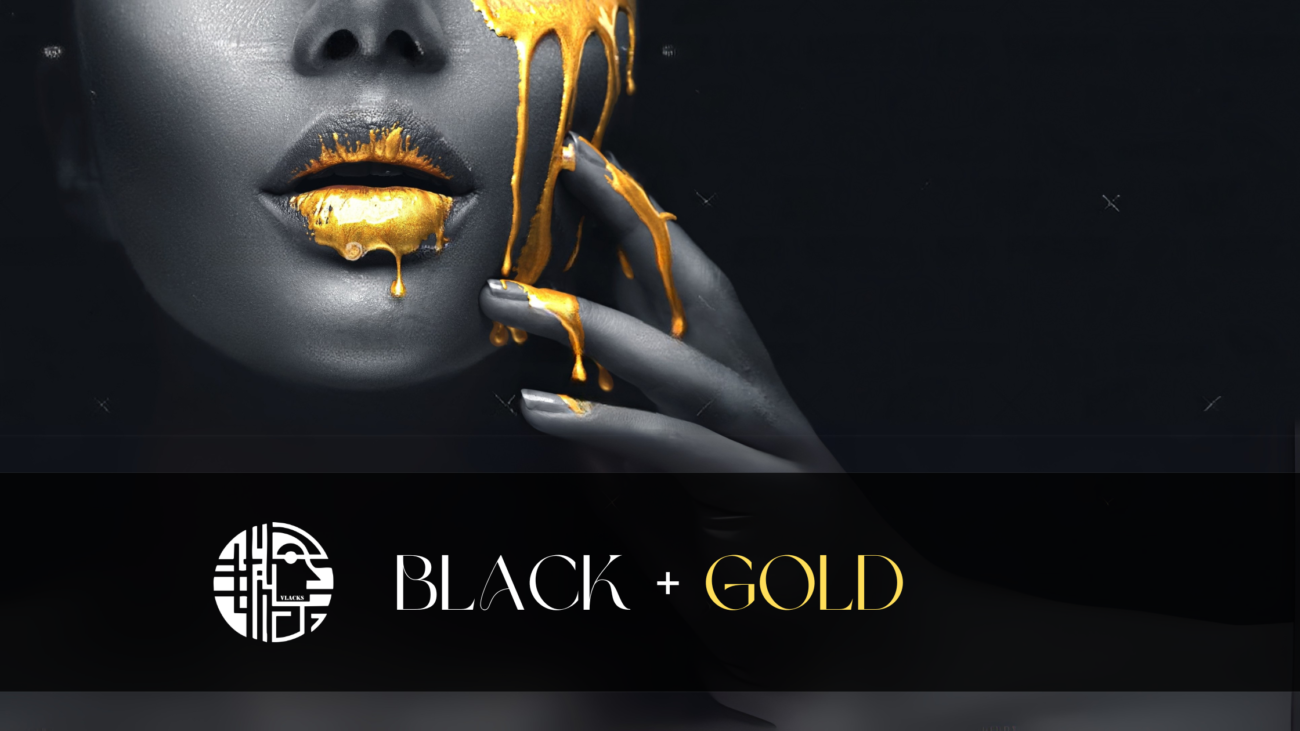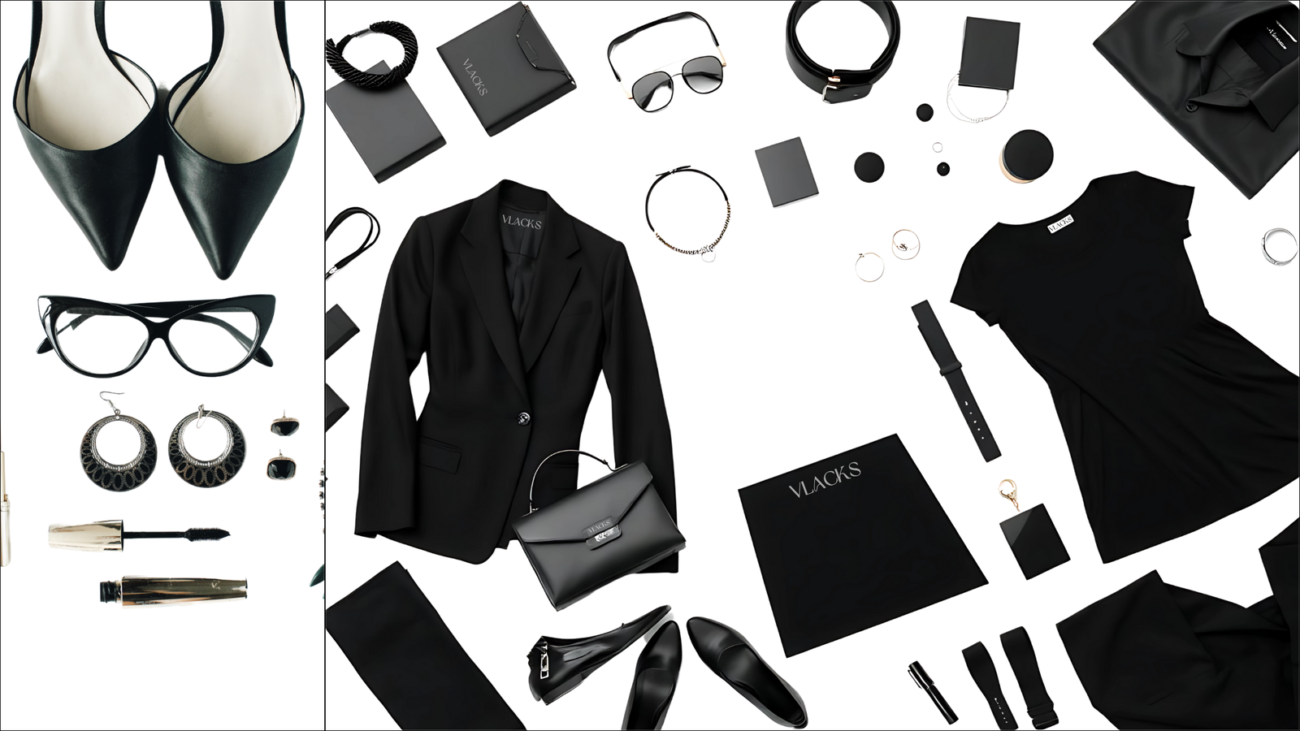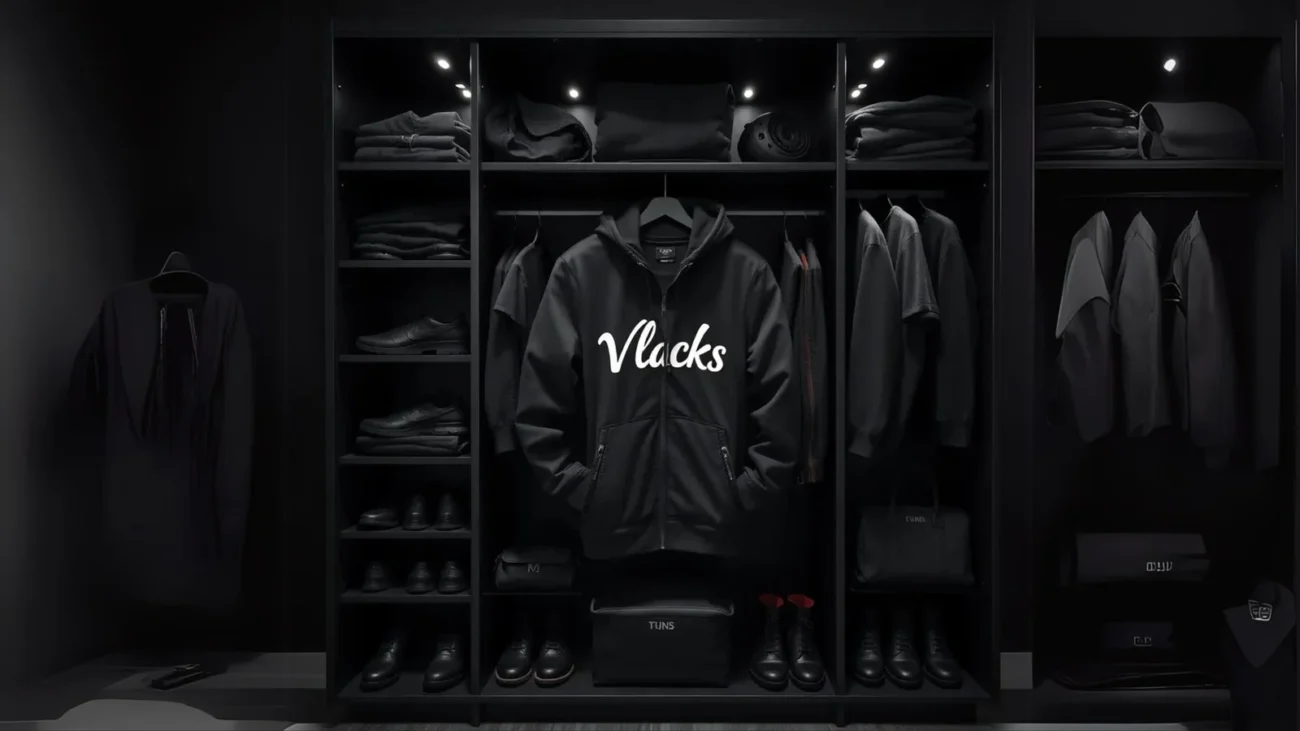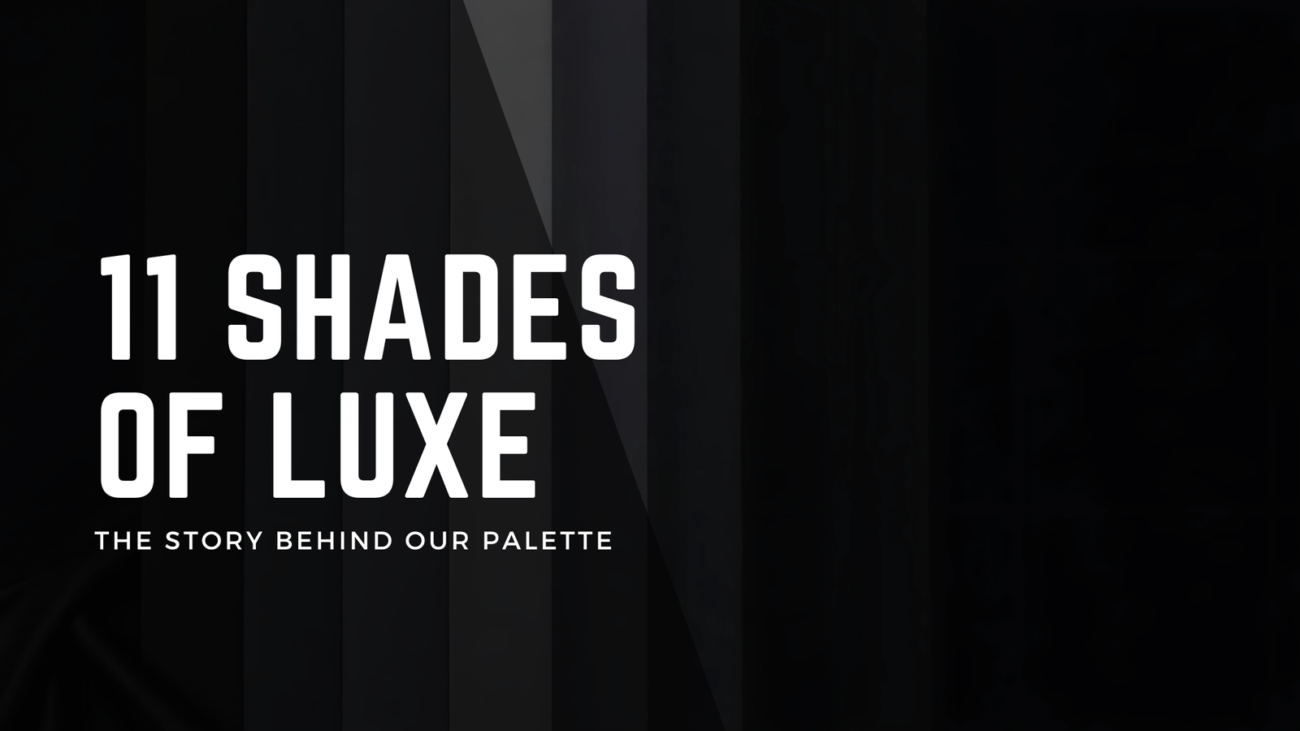The Power of Black in Fashion History

Throughout the centuries, one color has consistently stood the test of time in the ever-evolving world of fashion: black. From its association with sophistication and elegance to its embodiment of rebellion and power, black has transcended cultural and historical boundaries to become a universal symbol of style. At Vlacks, we celebrate black not just as a color but as a timeless statement—one that defines our philosophy and inspires our collections.
This blog delves into the rich history of black in fashion, exploring its transformation from a marker of mourning to a staple of luxury, and why it remains a cornerstone of modern style.
Outline:
- Black in Early History: Symbolism and Status
- The Renaissance and Beyond: Black as Elegance
- The 19th Century: Mourning and the Victorian Influence
- The 20th Century: Coco Chanel and the Little Black Dress
- Black in Pop Culture and Subcultures
- Modern-Day Black: Luxury, Power, and Minimalism
- Why Black Will Always Reign Supreme
- Conclusion: The Timeless Appeal of Black
Black in Early History: Symbolism and Status
Black’s journey in fashion began long before the concept of haute couture. In ancient Egypt, black symbolized fertility and the rich soil of the Nile, while in ancient Greece and Rome, it carried connotations of mourning and mystery. However, black was not widely used in clothing due to the difficulty of creating deep black dyes, which made it a color reserved for the elite.
During the early medieval period, black was often associated with humility and piety. Monks and priests donned black robes to signify their devotion and renunciation of worldly pleasures. It wasn’t until later that black began to shift from solemnity to a symbol of power and wealth.
The Renaissance and Beyond: Black as Elegance
The Renaissance marked a pivotal moment for black in fashion. With advancements in dyeing techniques, black became a favored color among European nobility. The courts of Spain and Italy, in particular, popularized black as a color of formality and dignity. Wealthy individuals wore black garments adorned with intricate embroidery and jewels, demonstrating their status and taste.
In art, black often served as a visual representation of power and prestige. Painters like Rembrandt depicted their wealthy patrons in luxurious black attire, highlighting the stark contrast against their pale skin and ornate surroundings.
The 19th Century: Mourning and the Victorian Influence
The 19th century saw black take on a dual role in fashion. It became a color of mourning, largely influenced by Queen Victoria, who famously wore black for decades following the death of her husband, Prince Albert. Mourning attire became highly codified, with strict rules dictating the types of fabrics and styles deemed appropriate.
At the same time, black began to emerge as a color of sophistication in everyday fashion. Men’s formalwear, such as the tuxedo, embraced black as the ultimate choice for evening elegance—a tradition that continues today.
The 20th Century: Coco Chanel and the Little Black Dress
The 20th century catapulted black into the realm of modern fashion, thanks in large part to Coco Chanel. In 1926, Chanel introduced the world to the “Little Black Dress” (LBD) with a simple yet elegant design featured in Vogue. Dubbed “a sort of uniform for all women of taste,” the LBD redefined black from a color of mourning to one of chic sophistication.
Black also became synonymous with rebellion during this time. The Beat Generation, rock ‘n’ roll icons, and later, punk rock movements embraced black as a symbol of counterculture and individuality.
Black in Pop Culture and Subcultures
From Audrey Hepburn’s iconic Givenchy dress in Breakfast at Tiffany’s to the leather jackets of rockstars and goth aesthetics, black has held a prominent place in pop culture. It’s a color that adapts to subcultures, representing rebellion, mystery, or even high glamour.
Movies, music, and art have perpetuated black’s allure, making it a favorite for designers and creatives. Fashion houses like Yves Saint Laurent and Alexander McQueen have continued to push the boundaries of black in their collections, cementing its status as a color of innovation and daring.
Modern-Day Black: Luxury, Power, and Minimalism
Today, black remains the ultimate expression of luxury and minimalism. It’s a favorite among designers for its versatility, allowing for bold silhouettes and intricate detailing to shine. Black also aligns with the modern shift toward sustainable fashion, as timeless black pieces often outlast trends and serve as wardrobe staples.
At Vlacks, we embody this modern perspective, crafting black apparel that merges tradition with contemporary elegance. Whether it’s a tailored suit or a casual ensemble, our pieces are designed to let black speak for itself.
Why Black Will Always Reign Supreme
Black’s enduring appeal lies in its ability to transcend boundaries. It is universally flattering, effortlessly chic, and endlessly versatile. It’s a color that adapts to the wearer, making a statement without saying a word.
Conclusion: The Timeless Appeal of Black
From ancient civilizations to modern runways, black has maintained its position as the ultimate color of style and sophistication. Its ability to evolve while retaining its core essence makes it a cornerstone of fashion history. At Vlacks, we honor black’s legacy and continue to innovate with every piece we create.
Black isn’t just a color; it’s a lifestyle. Join us in celebrating the power of black—timeless, elegant, and undeniably luxurious.















